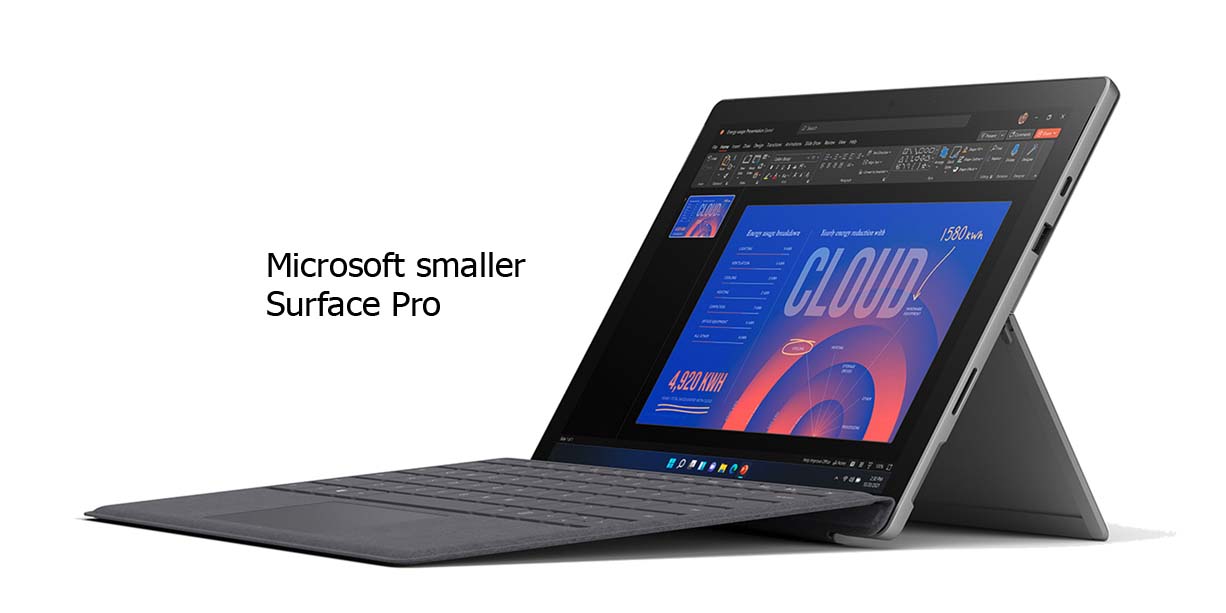Microsoft is working on a smaller Surface Pro as well as an Arm-powered Surface Go 4 according to reports. And with that being said, we may not even get to see these new small Surface talents and devices until the year 2024.

Microsoft smaller Surface Pro
Microsoft is at the moment reportedly working on a smaller Surface Pro with an 11-inch display as well as an Arm-powered Surface Go 4 model. According to reports by Windows Central, the smaller Surface Pro is codenamed Luxor and it will be very much similar in size and shape to the Surface Go, which is the more budget 10.5-inch tablet that is designed to look like a tiny Surface Pro.
Microsoft at the moment only ships its Surface Pro 9 with a 13-inch screen, and it does so in both Arm- and Intel-powered models. A new 11-inch model also will reportedly include a 120Hz display, in keeping with the premium specs which are found on the current 13-inch models.
An Arm Processor on the Surface Go 4 Is Reportedly In the Works
You should however know that a move to an Arm processor on the Surface Go 4 is reportedly in the works, too. The Surface Go 4 which is codenamed Tanta, is said to ship with a chip that is based on the Snapdragon 7c of Qualcomm. Microsoft will stick with an Intel version of the Surface Go 4 according to reports, but the Qualcomm-powered model on the other hand however may include 5G support for the very first time.
When Will These Smaller Tablets Be Available
It is still not clear as to exactly when both of these smaller tablets will be making an appearance, though. Windows Central however claims that it is unlikely that they will get to ship before the fall, so we might just be waiting until the early parts of the coming year to see the latest smaller Surface tablets from Microsoft.
And with Intel and Microsoft both hinting at a Windows 12 operating system that is yet to be announced, we could be looking at a very busy year for Surface hardware in the 2024 calendar year, particularly in the case that Microsoft wants to ship hardware with chips that are optimized and crafted to handle AI workloads that will help to “reinvent just how you do everything on Windows.”
MORE RELATED POSTS
- Microsoft Fall Event 2021: Lists of Everything That Microsoft Announced At the Event
- How to Stream Microsoft’s Surface Event Today
- Get $200 Discount on Microsoft’s New Surface Laptop At Best Buy
- Microsoft Surface Go 3 Reviews – Windows 11 Advantage over IPadOS
- Microsoft Could Be Taking a Swipe at Apple with the Surface Studio 3



